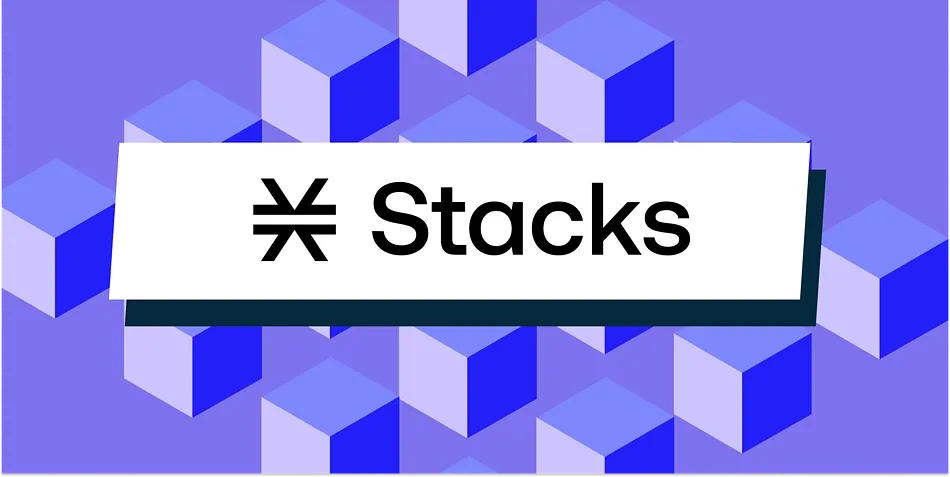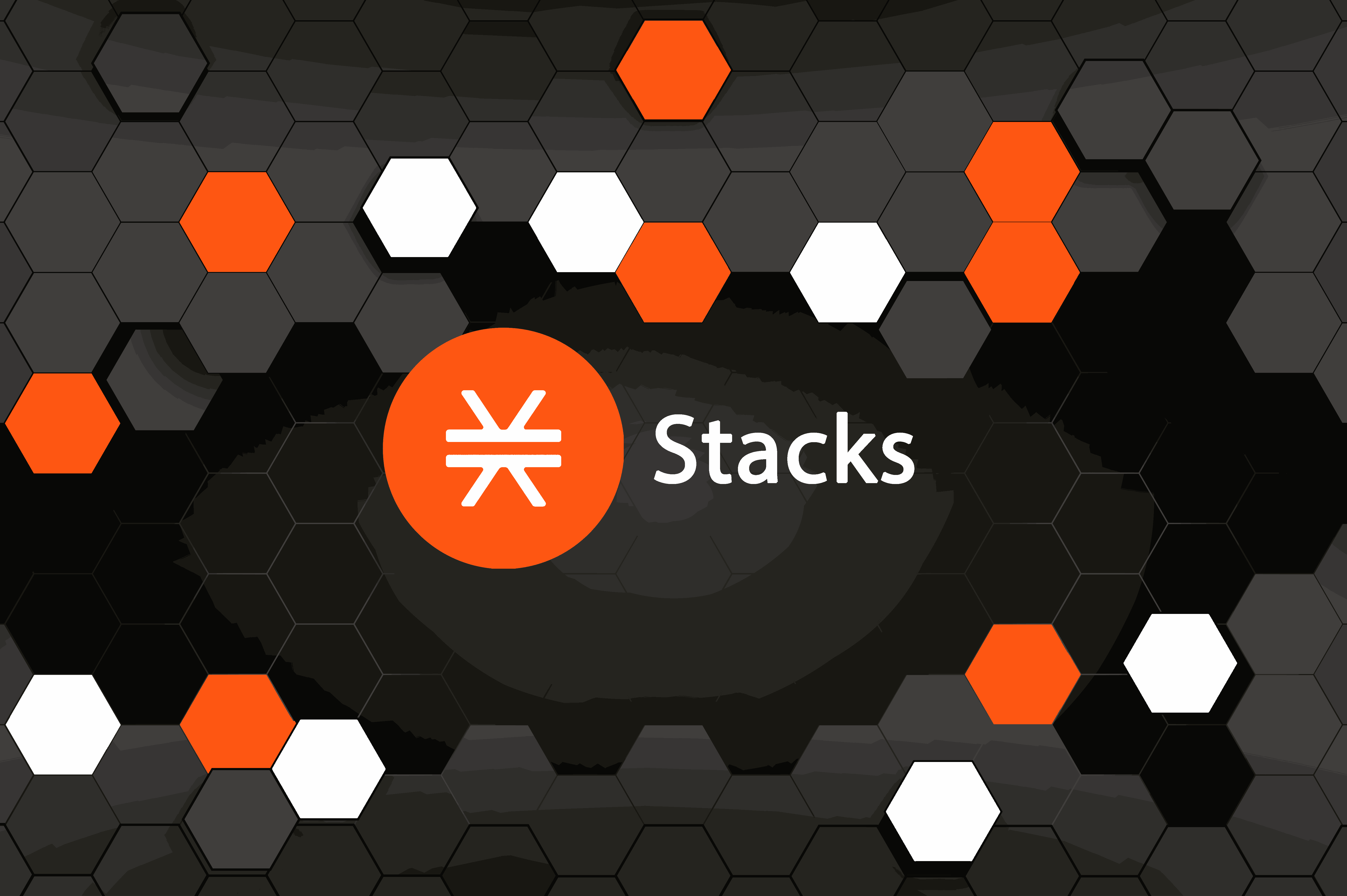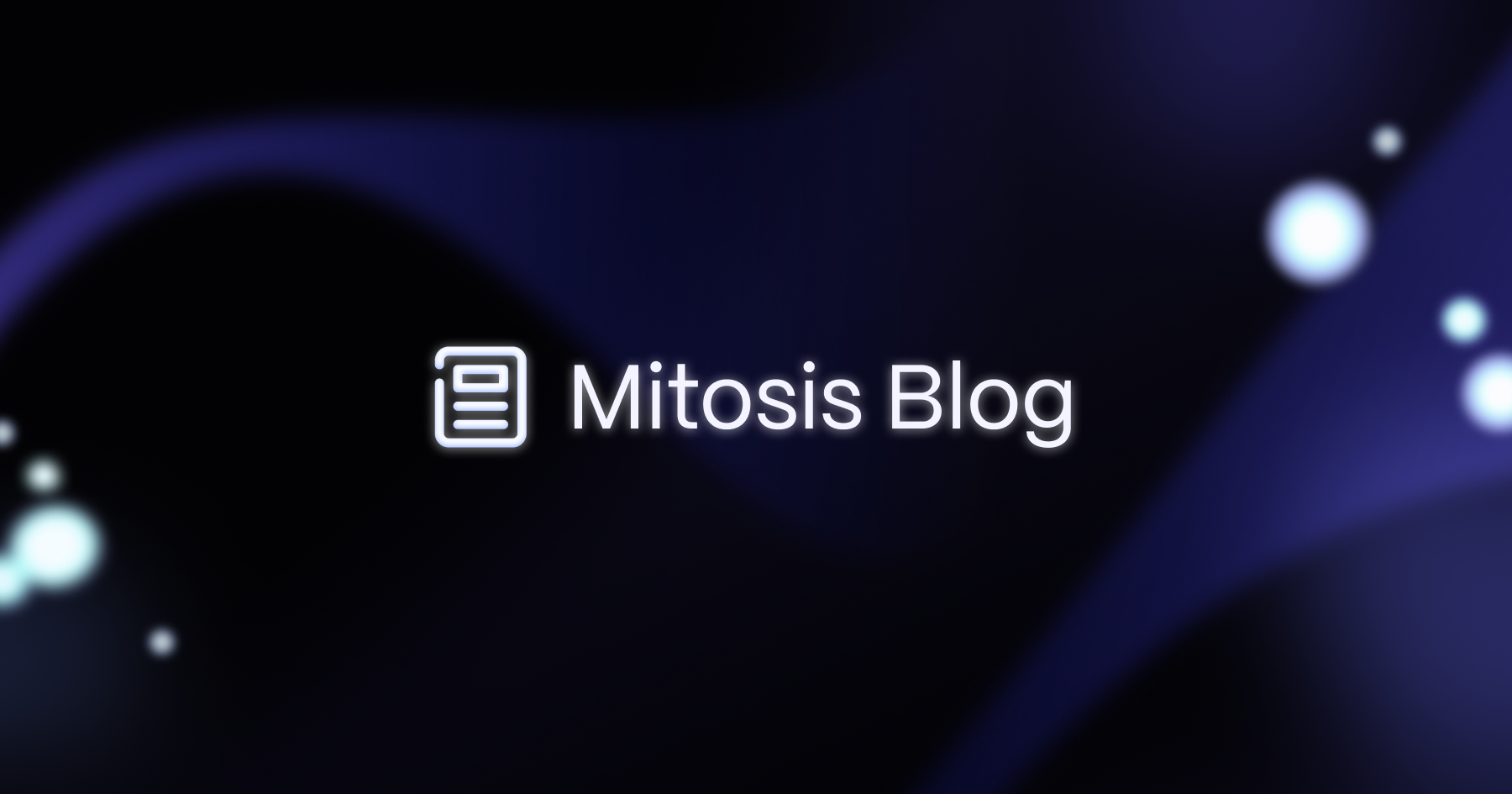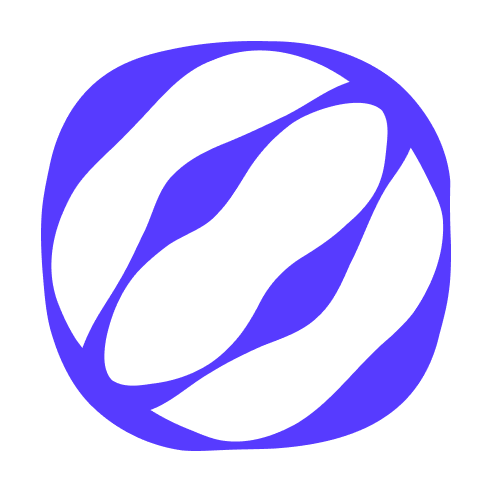Stacks (STX): Bridging Bitcoin to the Web3 Era

In the ever-evolving landscape of blockchain technology, Bitcoin has long stood as the undisputed leader in terms of security and decentralization. However, its limited programmability has often been cited as a barrier to broader decentralized application (dApp) development.
In this article, we shall take a deep dive into Stacks (STX)—a layer-2 blockchain solution designed to bring smart contract capabilities to Bitcoin without compromising its foundational principles.
What Is Stacks?
Stacks is a layer-2 blockchain protocol that operates alongside the Bitcoin network, enabling smart contracts and decentralized applications (dApps) to leverage Bitcoin's security and stability. Unlike traditional layer-2 solutions, Stacks does not alter or fork the Bitcoin blockchain; instead, it anchors its blocks to Bitcoin, ensuring that all transactions inherit Bitcoin's robust security features. This unique approach allows developers to build on Bitcoin without sacrificing its core attributes.
The STX Token: Fueling the Ecosystem
At the heart of the Stacks ecosystem lies the STX token, which serves multiple purposes:
- Transaction Fees: STX is used to pay for transaction fees on the Stacks network.
- Smart Contract Execution: Developers use STX to deploy and execute smart contracts.
- Stacking: STX holders can "stack" their tokens to earn Bitcoin rewards, participating in the network's consensus mechanism.
- Governance: STX holders have a say in the protocol's future developments through decentralized governance.
Launched in 2019, STX made history as the first token approved by the U.S. Securities and Exchange Commission (SEC) for a public sale, underscoring its legitimacy and regulatory compliance .
Clarity: A Smart Contract Language Designed for Security
One of Stacks' standout features is its use of the Clarity programming language. Unlike Ethereum's Solidity, Clarity is a decidable, non-Turing-complete language, meaning developers can predict the outcome of their code before execution. This design choice significantly reduces the risk of bugs and vulnerabilities, making it particularly suitable for applications where security is paramount .
Proof of Transfer (PoX): Earning Bitcoin Through Stacks
Stacks introduces an innovative consensus mechanism known as Proof of Transfer (PoX). In PoX, miners transfer Bitcoin to participate in the network's consensus process, securing the Stacks blockchain and earning STX rewards. These rewards are then distributed to STX holders who "stack" their tokens, allowing them to earn Bitcoin passively. This mechanism not only secures the network but also aligns the interests of Bitcoin holders with the growth of the Stacks ecosystem .
Stacks Contribution to Web3
1. Decentralized Finance (DeFi) on Bitcoin
Stacks brings decentralized finance to Bitcoin through various platforms and protocols built on its network. Applications like ALEX and LNSwap facilitate lending, borrowing, and swapping of assets, enabling Bitcoin holders to engage in DeFi activities without leaving the Bitcoin ecosystem .
2. Non-Fungible Tokens (NFTs) on Bitcoin
While Ethereum has been the primary platform for NFTs, Stacks introduces Bitcoin-native NFTs. The Gamma marketplace allows users to mint and trade NFTs directly on the Bitcoin network, leveraging its security and permanence .
3. CityCoins: A Novel Approach to Civic Engagement
Stacks has pioneered the concept of CityCoins, where cities can issue their own tokens to fund civic projects. For instance, New York and Miami have launched their own CityCoins, raising millions of dollars for local initiatives and engaging citizens in governance .(Cointelegraph)
4. Decentralized Identity and Data Ownership
Stacks empowers individuals with control over their digital identities and personal data. Through self-sovereign identity solutions, users can manage their credentials and share data securely, reducing reliance on centralized entities and enhancing privacy .
Challenges and Risks Facing Stacks
1. Scalability Bottlenecks
Although the upcoming Nakamoto upgrade is expected to drastically improve transaction speeds and reduce latency, Stacks currently faces some performance limitations compared to high-throughput blockchains like Solana or Avalanche. Block times in Stacks are closely tied to Bitcoin’s 10-minute interval, which slows down transaction finality in its current state.
Implication:
This can make time-sensitive dApps—like real-time trading platforms or gaming applications—less viable on Stacks until these upgrades are fully deployed and widely adopted.
Solution on the Horizon:
With the introduction of subnets, Stacks aims to allow parallel chains to operate for specific use cases, effectively distributing network load. But these features are still maturing and need proven deployment in high-demand environments.
2. Developer Adoption and Ecosystem Maturity
Ethereum boasts a massive developer community, extensive tooling, and battle-tested infrastructure. Stacks, by contrast, is still in a more nascent stage. The use of Clarity, while secure and decidable, poses a steep learning curve for developers unfamiliar with its syntax or design principles.
Implication:
Slower dApp development and a narrower developer base compared to other major smart contract platforms.
Mitigation Efforts:
Stacks is investing heavily in developer tooling, documentation, and grants via organizations like the Stacks Foundation and Stacks Accelerator. Over $165 million has been earmarked to support app builders and infrastructure developers in the ecosystem.
3. Competition from Other Bitcoin Layer 2s
Stacks isn’t alone in the race to unlock Bitcoin’s smart contract potential. Other projects like Rootstock (RSK), Liquid Network, and the Lightning Network are also innovating in the Bitcoin L2 space.
- Rootstock (RSK) offers EVM compatibility, making it easier for Ethereum developers to build Bitcoin-based dApps.
- Liquid Network, developed by Blockstream, focuses on faster settlement and confidentiality for large-scale Bitcoin transactions.
- Lightning Network, while focused on micropayments, is often highlighted as Bitcoin’s primary L2.
Implication:
Stacks must distinguish itself not just by technical ability, but by building a thriving, sticky developer and user ecosystem.
4. Regulatory Scrutiny
Stacks is unique in that it launched under SEC regulation via a Reg A+ offering. While this gave it a compliant starting point in the U.S., it also means the project operates under tighter constraints than fully decentralized or pseudonymous protocols.
Implication:
Any further changes in U.S. regulatory stance toward digital assets could impact Stacks' operations or limit its ability to innovate freely.
Counterpoint:
On the flip side, regulatory clarity may help Stacks win enterprise trust and attract capital from institutions that are wary of non-compliant protocols.
The Road Ahead: Scalability and Interoperability
Looking forward, Stacks aims to enhance its scalability and interoperability. The upcoming Nakamoto upgrade is expected to reduce block confirmation times to as little as 5 seconds, improving transaction throughput. Additionally, the introduction of subnets will allow for specialized chains tailored to specific applications, further enhancing scalability .
Interoperability is also a key focus, with initiatives like sBTC, a two-way pegged Bitcoin asset, enabling seamless interaction between Bitcoin and other blockchain ecosystems. This development is poised to expand the DeFi landscape and increase the Total Value Locked (TVL) in the Stacks ecosystem .
Conclusion
Stacks represents a significant advancement in the blockchain space by bringing smart contract functionality to Bitcoin without compromising its security and decentralization. Through innovative mechanisms like Proof of Transfer and the Clarity programming language, Stacks is laying the groundwork for a more secure and scalable Web3 ecosystem. As the platform continues to evolve, it holds the potential to redefine the relationship between Bitcoin and decentralized applications, paving the way for a more inclusive and user-centric digital future.
References















Comments ()